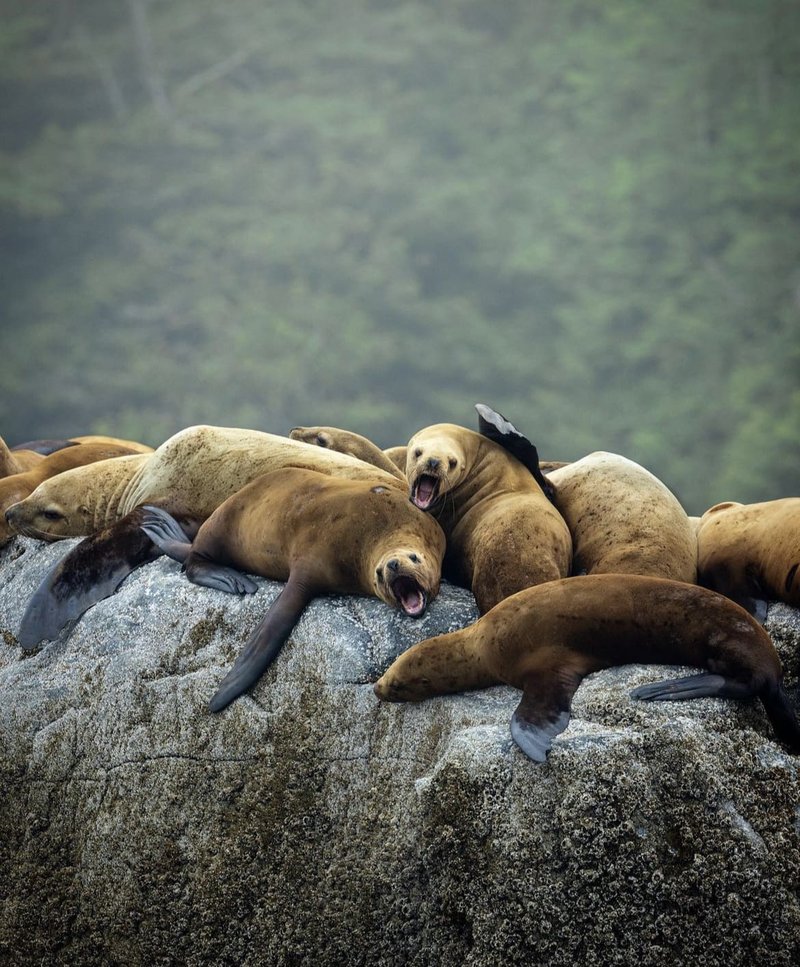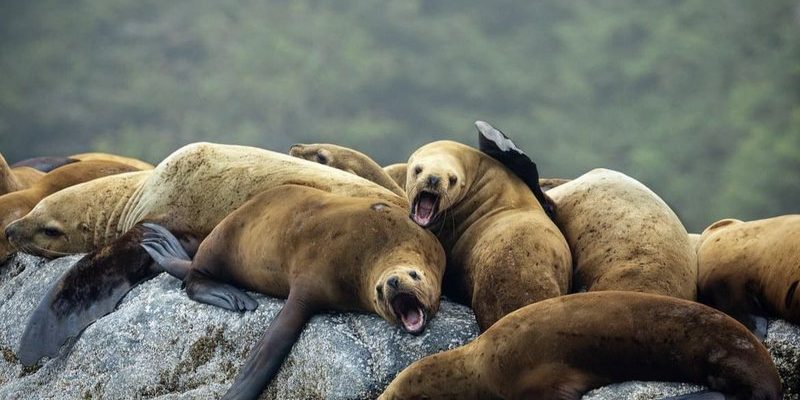
From ancient lore to modern-day misconceptions, the stories we tell about sea lions reflect our relationship with the ocean and its inhabitants. Whether seen as wise guides or playful tricksters, sea lions have inspired both reverence and misunderstanding. Let’s dive into some common myths and cultural beliefs surrounding these charismatic animals and explore what they reveal about our connection to nature.
Understanding the Mythical Allure of Sea Lions
Throughout history, many cultures have woven sea lions into their mythologies, often attributing special powers or symbolism to them. For example, in some Native American tribes, sea lions are viewed as guardians of the sea. Their presence is considered a sign of good fortune and a reminder of the ocean’s bounty. This protective imagery reflects the deep respect these communities have for marine life and the importance of sustainable fishing practices.
In other cultures, sea lions are seen as mischievous beings. Stories often depict them as playful tricksters that can outsmart fishermen. These tales serve a dual purpose: they entertain and also caution against underestimating the intelligence of wild animals. By depicting sea lions as clever creatures, cultures remind us to respect their habitat and not take nature for granted.
The Influence of Folklore on Sea Lion Conservation
It’s interesting how these myths can affect real-world conservation efforts. When a species is wrapped in cultural significance, people are more likely to protect it. For instance, the playful and intelligent nature of sea lions can encourage local communities to see them as allies in maintaining healthy oceans. This connection fosters a sense of duty to preserve their habitats and underscores the importance of biodiversity.
In regions where sea lions are celebrated in folklore, conservation programs often find more community support. Activists can use these stories to highlight the ecological roles sea lions play, ensuring that future generations continue to cherish these remarkable animals.
Sea Lions in Modern Culture
Today, sea lions often feature in popular media, from documentaries to children’s books. Their playful demeanor and social nature make them ideal subjects for showcasing the wonders of the ocean. You might have even seen them performing tricks at aquariums, which can both entertain and educate the public about marine life.
However, these portrayals can also lead to misunderstandings. For instance, people might assume that all sea lions are friendly and approachable, leading to dangerous situations when encountering them in the wild. This disconnect between reality and entertainment emphasizes the need for responsible wildlife education, helping people understand that while sea lions can be charming, they are still wild animals deserving of distance and respect.
Environmental Impact and Sea Lion Myths
Many myths about sea lions also tie into broader environmental issues. For example, a common belief is that sea lions deplete fish populations. This misconception can lead to unnecessary culling and harmful policies. In truth, sea lions play a crucial role in the marine ecosystem, helping to maintain the balance of species in their habitats.
Understanding their role as predators allows us to appreciate their place in the food web. Rather than viewing them as competitors, recognizing their contribution to healthy ecosystems can shift perspectives and foster more effective conservation strategies.
Traditional Ecological Knowledge and Sea Lions
Indigenous cultures have long held a wealth of knowledge about sea lions and their behaviors. This traditional ecological knowledge is often based on generations of observation and interaction with marine life. For example, some coastal tribes know about the seasonal movements of sea lions and their unique hunting patterns, which can help in sustainable fishing practices.
Incorporating this ancient wisdom into modern conservation efforts is increasingly recognized as vital. When traditional knowledge is combined with scientific research, the result is a more holistic understanding of marine ecosystems. This collaboration can lead to better-informed policies that not only protect sea lions but also support the communities that depend on the ocean for their livelihood.
Healing and Spiritual Significance of Sea Lions
In many cultures, sea lions symbolize healing and renewal. Their ability to thrive in both water and land has led to interpretations of adaptability and resilience. People often look to the grace and agility of sea lions as a sign of strength, especially in challenging times.
Artistic expressions, such as paintings or sculptures of sea lions, can serve as reminders of our connection to the natural world. Festivals celebrating sea lions often coincide with rituals aimed at invoking good health and prosperity for the community. These practices highlight how intertwined human emotions and nature can be, showcasing our need for balance and connection with the environment.
Common Misconceptions About Sea Lions
With all these myths and beliefs swirling around, it’s easy to see how misconceptions can arise. One prevalent myth is that sea lions have a taste for human food, which often leads to feeding them in tourist areas. This not only endangers the sea lions but can also alter their natural foraging behavior. When sea lions become too reliant on human-provided food, it impacts their health and survival.
Another misconception is that they are aggressive creatures. While sea lions can be protective of their territory and pups, they are generally not a threat to humans. Understanding their behaviors and respecting their space is crucial for safe interactions.
The Importance of Education and Awareness
Clearly, education plays a key role in dispelling these myths. By teaching people about the realities of sea lion behavior and ecology, we can foster a greater appreciation for them in their natural habitat. Schools, conservation groups, and local governments can work together to create informative programs that encourage responsible wildlife viewing.
Additionally, sharing accurate information through social media and other platforms can help clear up misconceptions. The more we understand about sea lions—*their roles, their needs, and their behaviors*—the better equipped we are to protect them and ensure they continue to thrive in our oceans.
Sea lions are more than just charming marine mammals; they are deeply woven into the fabric of many cultures and ecosystems. From ancient myths to modern portrayals, our beliefs about these animals reflect our relationship with the ocean and the natural world. By exploring the myths and cultural beliefs surrounding sea lions, we gain insight into the importance of respecting and protecting these remarkable creatures.
The stories we share about sea lions should not only entertain but also guide us toward better understanding and conservation efforts. So the next time you see a sea lion, whether in the wild or in a documentary, take a moment to appreciate the rich tapestry of myths, beliefs, and ecological truths that surround them. After all, they have a lot to teach us about resilience, adaptability, and our place in the natural world.

